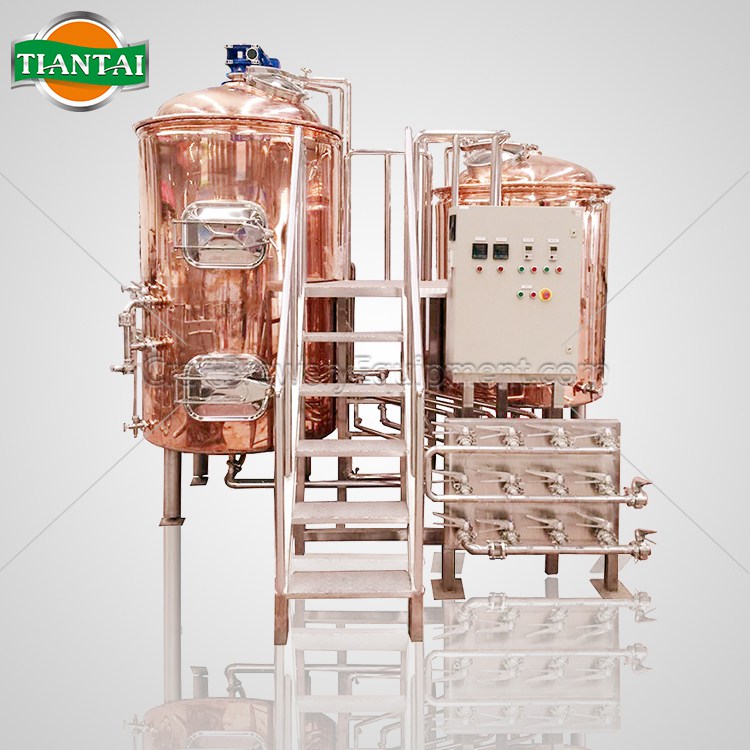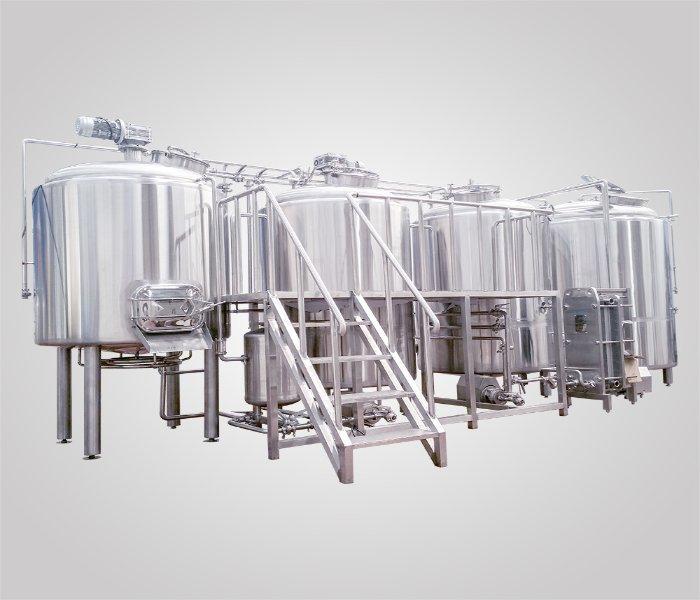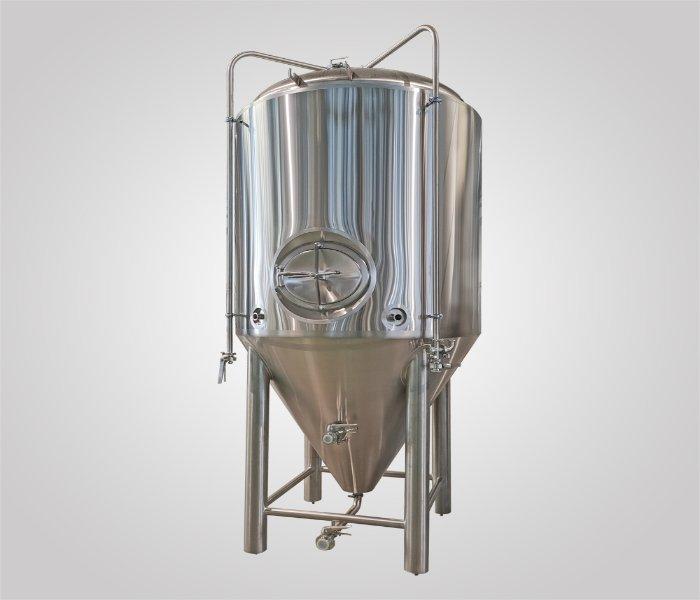.jpg)
The size of the mashing vessels varies depending on their purpose. The size of the vessels depends on the desired volume of wort. For a malt input of 100 kilograms, the volumes of the vessels are approximately:
Mashing kettle: 600-800 liters
Boiling kettle: 800-900 liters
Liquefaction kettle: 400-500 liters
Lauter tun: 600-800 liters
Wort temporary storage tank: 300-400 liters
In the mashing room, there are four main processes in beer brewing: mashing, lautering, boiling, and whirlpooling. The mashing process is where enzymes in the malt convert starches into sugars. In large breweries, two vessels are typically used during the mashing process: the liquefaction kettle and the mashing kettle, which have similar types and structures.
.jpg)
The mashing kettle is primarily used for the breakdown of malt starches and proteins. It allows the mixture of malt wort with pre-liquefied adjuncts, maintaining the mash at a specific temperature to achieve starch conversion. The liquefaction kettle is mainly used in industrial beer production to heat and boil adjuncts such as rice and some malt wort, facilitating the liquefaction and gelatinization of starches.
Learn more how Tiantai beer equipment company to not only produce the best quality brewery equipment for flavor-rich beers, but also help them to optimize the configuration, maximize process uptime and reduce beer loss when they brewing, PLEASE DON’T HESITATE TO CONTACT WITH US!
Hubert
Email: [email protected]


.jpg)




Get In Touch